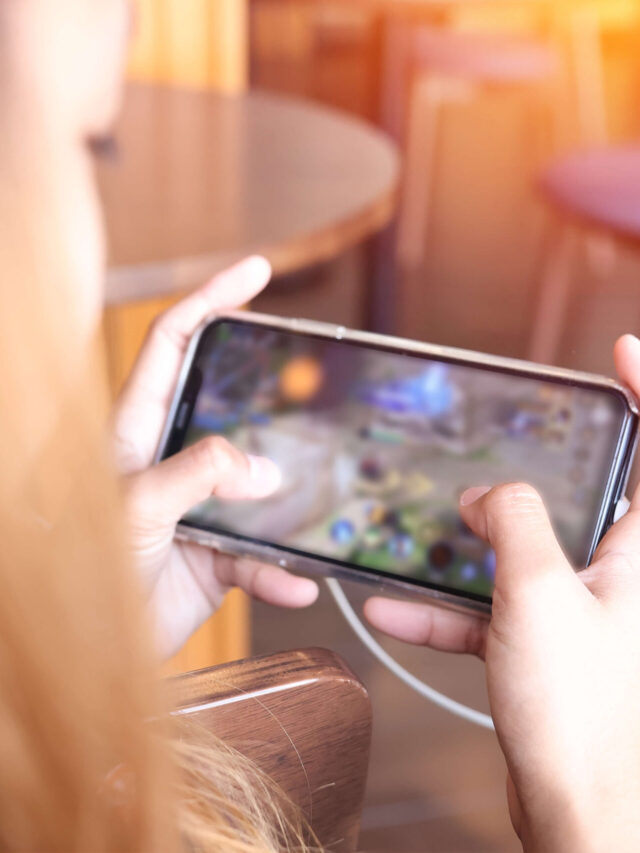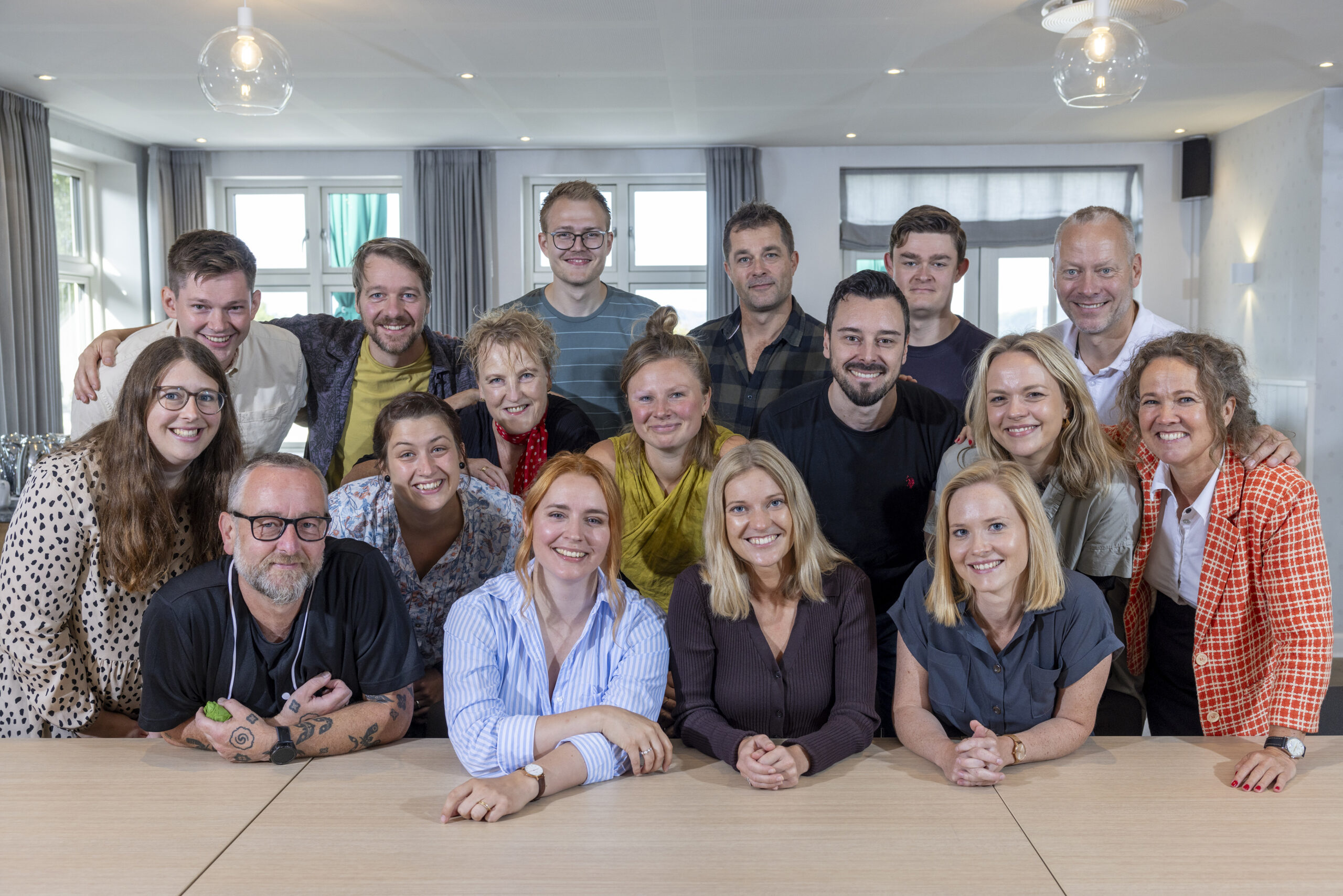Youth and nude photos – what’s what
Everybody does it!
Well, is it so?
A few years back, an SSP worker (collaboration between schools, social services and police aiming to prevent crime among children and young people) from Northern Jutland did a research on 8th form children in the municipality of Jammerbugten. The study showed that close to ⅓ of the students had experienced receiving a nude picture. Although this is quite a discomforting number, we know from experience that there’s a big difference between receiving and re-sharing nude pictures. Far less reshare pictures – and thank god, because in many cases this is where the real violation begins. The Youth Profile Survey, among lower secondary students, shows that 6,6% have shared material of themselves.
The number of young people in 7-9th form, across the country, who have tried to share nude material of others, is 3,7%, which is a number that is still far too high. This is where we must absolutely act because this field exhibits the most devastating experiences and harbours legal consequences that become very serious.
The biggest hurdle is figuring out whether young people are ‘using’ or ‘abusing’ nude pictures and videos. If someone is over the age of 15, two people can consent to sharing pictures confidentially. It is important that we do not blame those who share, but instead, we open a debate on risks. It’s been stated that a nude picture today resembles what was previously a love letter. I would like to support this analogy because we do have to understand the phenomena of nude pictures from the premise of youth. However, worst case scenario by sharing a nude picture far exceeds the risk of sharing a love letter. A page is not burnt in cyberspace. We still have to discuss this point with young people.
I have latched onto a quote from a young girl who was cited by Politiken (Danish national newspaper, ed.) last weekend:
“Among us girls, we talk about whom we’re interested in and what you can do to create some sort of interest. And when pictures are sent, they are usually distributed very broadly – not just to your boyfriend. And then they land in the hands of boys who don’t feel emotionally attached to the girl on a particular picture. So, there’s a lack of guilt associated with resharing something. Boys love it. Girls love the attention. Nobody feels bad for anyone. A lot of us play this game,” A says.
The above quote clearly shows how complex it is to place the responsibility. Particularly among youth themselves. Therefore, it is relevant to upgrade the discussion with young people about this sort of behaviour, and this should be done in a manner that articulates the culture without placing the guilt with well-meaning victims who have shared a picture or a video in confidence and in good faith.
Majority of misconceptions?
When we teach online use, we especially touch on the subject of majority of misconceptions, and that which you could call an improper seal of approval of a problematic behaviour. This could relate to e.g. last years’ numerous cases of bullying on Ask.fm, and gossip- and hate pages on different social platforms. Here, we observe that young people are more inclined to participate in a behaviour of bullying if one or more people from their social circle already participate in, or approve, that behaviour.
This is logical. I have seen a lot of examples where all of the students in a particular year were following an Instagram hate-profile targeting another student – for the reason only that everybody else did it. It would be reasonable to assume that the same logic is applicable to nude pictures. If you have repeatedly experienced hearing of/looking at examples of nude pictures among peers, perhaps it would be natural for people to get an idea that everybody does it, and also that you should do it yourself in order to ‘be part of the crowd.’
The issue of majority of misconceptions may vary across the country. Although we SURELY notice a rise of inquiries from school and parents in which nude pictures and videos are part of a conflict, it would be unfair to place all youth in one and the same group.
The debate has a positive effect
These days, where we witness journalists all over the country tracking stories and reporting them as testimonials of ordinary youth, it is relevant to remember that most young people have a balanced life integrating a fine, moral compass. I meet SO many reflective young people who would just like to USE the many digital opportunities as part of their youth – particularly as part of their play with sexuality. We have to give them credit for that.
Even though the media storm of these past few weeks have exhibited a few good young people through very specific cases, I can already tell, from my school visits, that the awareness of youth culture, the specific stories, and their consequences have made their impact among young people. Unfortunately, sometimes it takes a number of disheartening cases before we collectively direct our focus and change the kind of behaviours that are problematic.
]]>




Hvis du vil sætte et par ord på din feedback, vil det hjælpe os rigtig meget til at forbedre vores indhold.